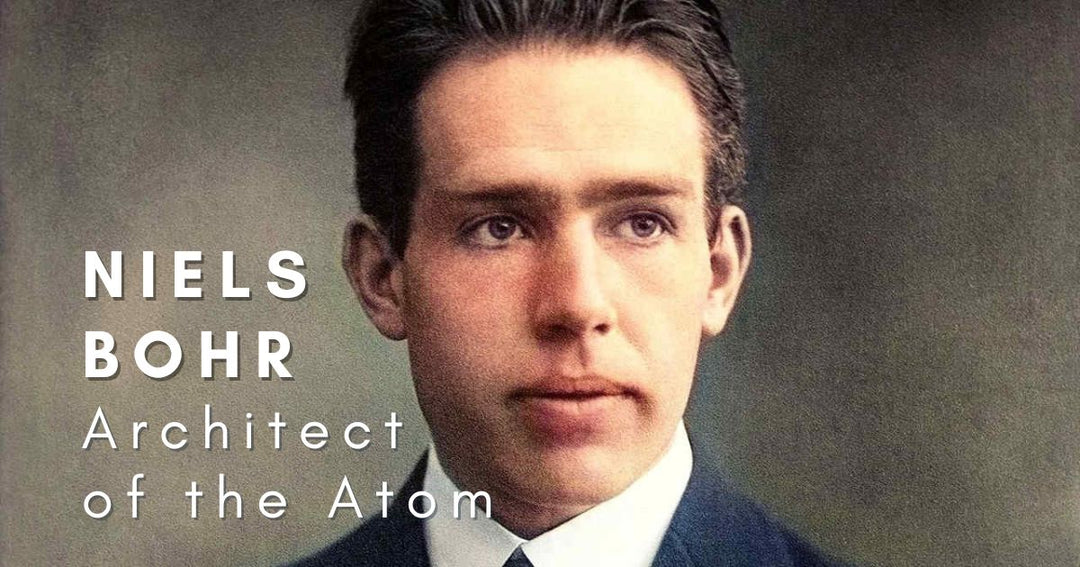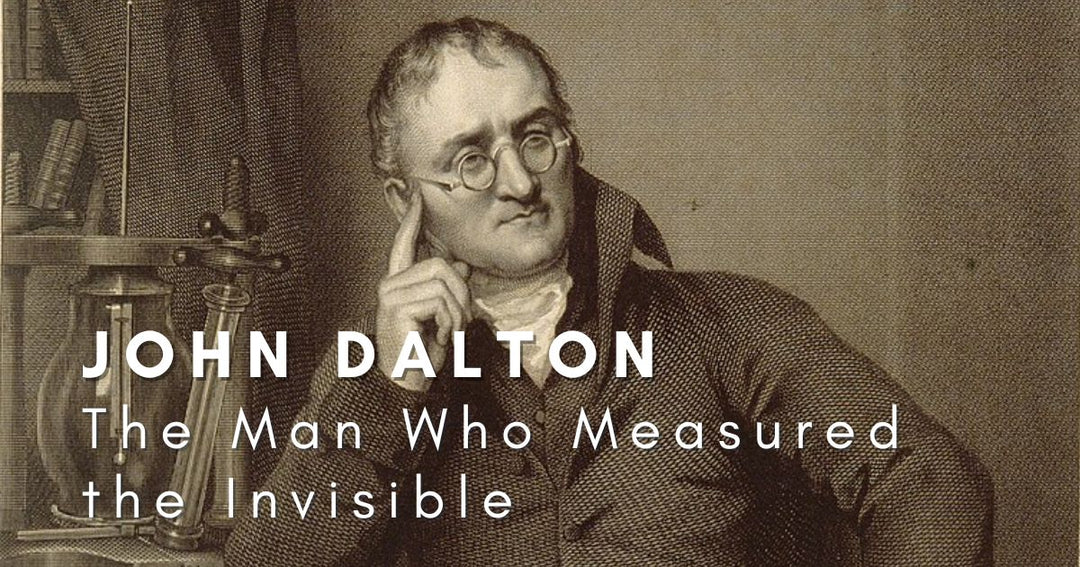The Tomb That Stopped Time: Howard Carter and the Discovery of Tutankhamun

By 1922, Egypt’s Valley of the Kings had been so thoroughly excavated that most experts believed it had no secrets left to yield. Dozens of royal tombs had been uncovered, many plundered long ago. Yet British archaeologist Howard Carter was convinced something had been missed.
His evidence? The absence of evidence.
Carter had spent years analyzing fragments; seal impressions, small artifacts, scattered items with Tutankhamun’s name. These suggested a tomb nearby, but no one had located it. With funding from Lord Carnarvon, Carter returned to the Valley for one final season. Just days in, on November 4, his team uncovered a step cut into the bedrock.
It was the beginning of archaeology’s most famous find.

Over the following weeks, Carter’s team carefully unearthed a stairway leading to a sealed doorway. Unlike most tombs, this one was unusually modest in size, raising hopes it had been overlooked by looters. The entrance bore the royal cartouche of Tutankhamun, a little-known pharaoh who had died young and left behind few monuments.
But the real marvel was what lay inside - still undisturbed.

On November 26, Carter breached the tomb’s inner chamber. Peering through the small opening by candlelight, he glimpsed a dazzling array of objects: statues, chariots, shrines, and furniture. Everything was densely packed and remarkably preserved. The air hadn’t been disturbed in over 3,000 years. When asked what was inside, the Cater proclaimed, “wonderful things.”
The archaeological implications were enormous.

The tomb contained over 5,000 catalogued items, offering the most complete set of royal burial goods ever discovered. Unlike previously opened tombs - most of which had been looted in antiquity - Tutankhamun’s offered a rare baseline: an intact New Kingdom burial, frozen in time.
Every object was an insight.
The team meticulously documented the find using photography, detailed drawings, and written catalogues. Carter insisted on recording before removing, a principle that helped set new standards in archaeological fieldwork. The photographs taken by Harry Burton became some of the most iconic images in the history of archaeology.
Even the layout of the tomb told a story.

It had four main chambers; the antechamber, annex, burial chamber, and treasury - all tightly packed due to the suddenness of the young king’s death. The disarray was interpreted not as later disturbance, but as evidence of a hurried burial. This reshaped understanding of burial customs and crisis-era dynastic politics in the late 18th Dynasty.
But working within the tomb was painstaking.

The process of clearing, conserving, and analyzing the tomb took nearly a decade. Fragile objects - wood, textiles, even food - required innovative conservation techniques. Carter’s team developed custom supports and chemical treatments on-site, foreshadowing what would become conservation archaeology.
Tutankhamun’s tomb was not just a treasure trove - it was a time capsule.
Its discovery marked a shift from treasure-hunting to scientific excavation. Carter's rigorous, systematic approach placed documentation above drama. For the first time, archaeology showed how careful method, not just luck or wealth, could unlock the ancient world.







Leave a comment